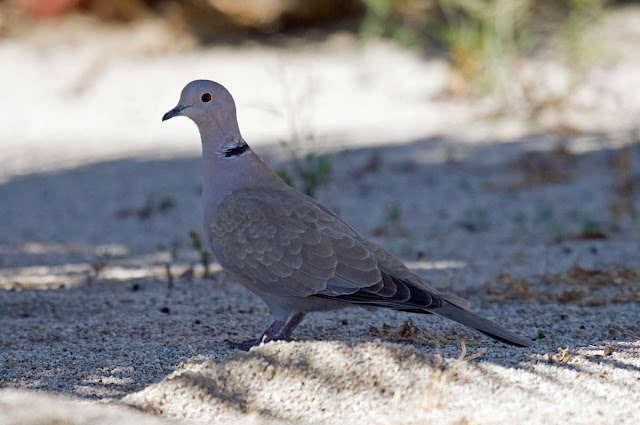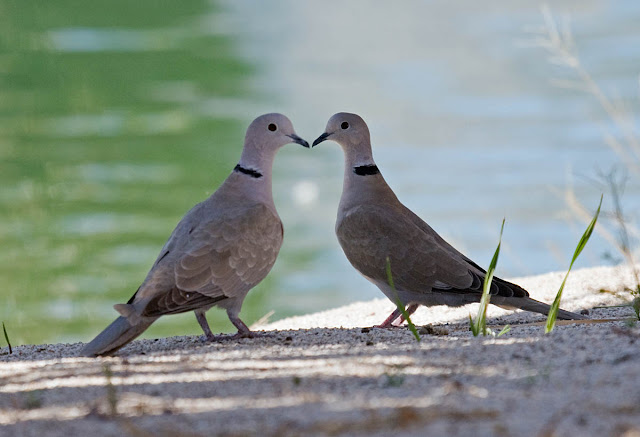Some
Soapbox time: When you take a plant or animal from its natural habitat and let it loose in an alien environment, one of two things can happen. It will either die a horrible death, or it will grow in population exponentially and completely overrun its new home and outcompete similar native life. History is replete with examples. From rabbits, goats, and rats destroying Pacific island paradises, to the dandelions in your yard. Himalayan blackberries in the Pacific Northwest. Brazilian pepper trees in southern California. The same goes for letting your no-longer-wanted pet turtle go at the local pond and killing the native turtles, or (sorry to offend) letting your housecat out of doors where they kill 1.4 to 3.7 billion birds each year.
Thus it is that most birders loathe the European Starling. This bird was brought to the United States in the 1890's and a release in New York City led to every one of the starlings in North America today--60,000,000 birds. They're messy, they're noisy, they group into winter flocks of 100,000 or more, they're aggressive toward native songbirds. They have been implicated in the population crash of bluebirds and other birds that nest in old woodpecker holes--usurping them for themselves. But, admittedly, when they attain their breeding finery, and aren't flocking in their usual dirty brown plumage, they can be attractive.
 |
| Some birders call them "Sky Rats" |
 |
| European Starling putting his best foot (plumage) forward. Borrego Springs, California. March 12, 2017. Greg Gillson. |
 |
| Some birders call them "Sky Rat Lattes" |
 |
| They look so innocent. But when their population grows exponentially, bad things happen. Eurasian Collared-Doves. Borrego Springs, California. March 12, 2017. Greg Gillson |

No comments:
Post a Comment
I really want to hear from you! I've changed settings (again) in order to try to make commenting easier without opening it up to spammers. Please note, however, that comments to posts older than 14 days will be moderated. Thank you.